https://www.youtube.com/watch?v=w92TS9oERD8
Filter Coffee _ How To Make South Indian Filter Coffee At Home _ Quick & Easy Coffee Recipe _ Varun
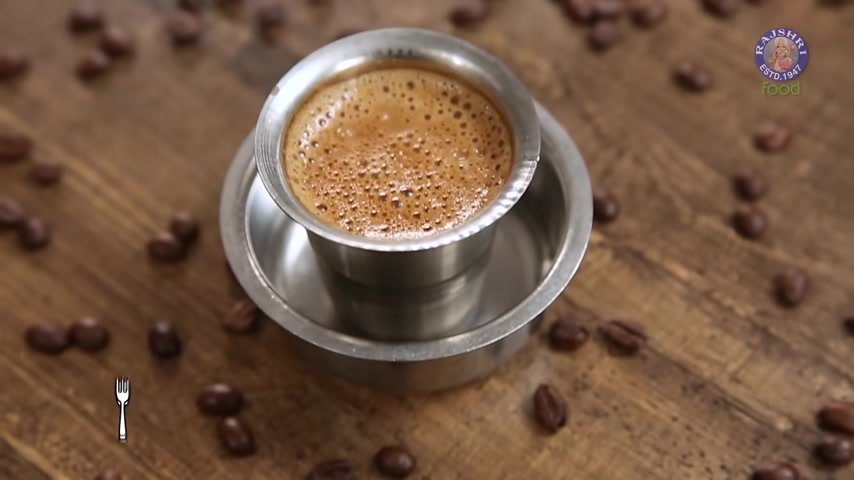
Well , the world is divided between tea drinkers and coffee drinkers , tea and coffee are both generic drinks .
But trust me , cutting chai and filter coffee are absolutely emotional .
Well , today , let's keep the mug of coffee aside and let's make South Indian filter coffee .
Hey guys , welcome to rare food .
And this is the ultimate destination for 100% recipes .
Well , filter coffee is absolutely different from any of those instant coffees that you get across the globe .
And when I say it's emotional , I absolutely mean it , well , every house has their own mix of coffee .
Well , this one is coffee grits or coffee Granules , which are absolutely nice and gritty .
Well , this one is of course roasted coffee beans , but this also has 20% of chicory .
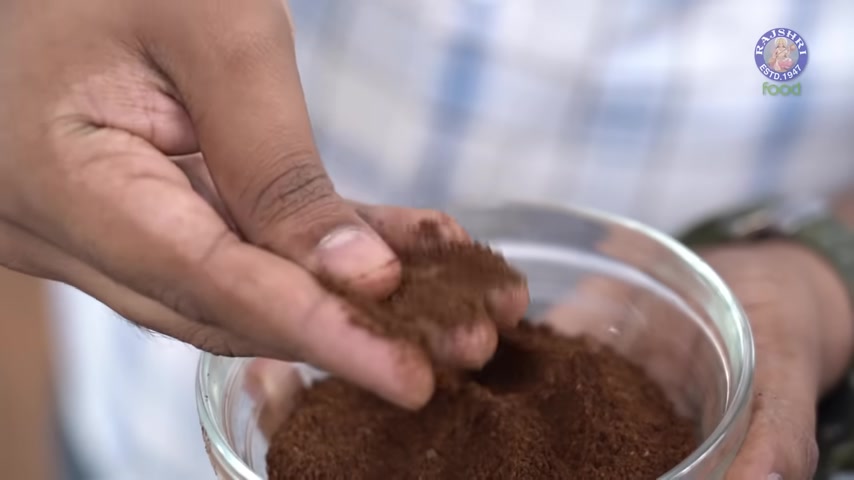
This is the coffee mix that actually defines the taste and flavor of the coffee that you like in your home .
Well , this is also a mix of 80% coffee seeds and 20% chicory .
Well , that's a mix that I like .
You can take a ratio of 70 30 .
You can go up to 60 40 .
You can also go up to 50 50 depending on how creamy how intense and how coffee like prominent you like as a flavor .
Well , the first thing is to keep water to boil because this is required to make the decoction .
Well , the decoction can be made in 2 to 3 ways .
But primarily what every South Indian home has is a coffee press .
Well , this one is a South Indian coffee press and this has four parts .
The first one is , of course , the decoction collector .
The second one is where you actually put the coffee beans or the coffee crush , you press it with this and finally you cover it with this .
We will of course , break the process down .
We go absolutely nice and slow and easy so that you all kind of learn it with ease .
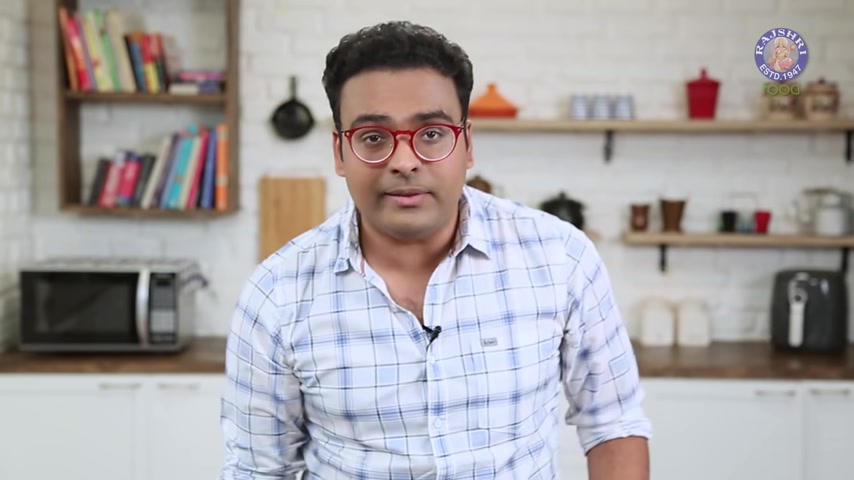
And the next one is your age old strainer .
But because I like it nice and smooth , I'm also kind of layering it with a Muslin cloth as simple as that , right ?
While the water is getting boiled , let's quickly start building the apparatus .
And this is to make something called a decoction .
Well , decoction is actually the concentrate of coffee which actually starts defining the taste and the flavor .
First things .
First , I'm gonna take a mix of coffee and chicory and add it to the press 3 to 3.5 heaped tablespoons of this and this needs to be lightly pressed .
Well , the whole idea here is that you do not need to press it because you do not need it to convert into a brick .
And the second one is , it shouldn't be so porous that the water just zooms in one or two light presses one another one .
And with this , if you see it's kind of padded and that's exactly what we're looking at , let's start building the apparatus .
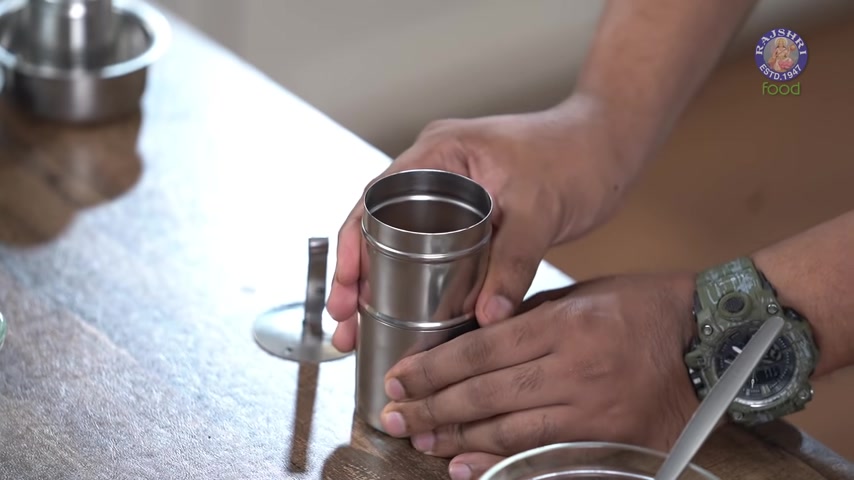
The first thing that goes at the bottom is the decoction collector on top of this .
I'm placing the sieve that has the coffee and the chicory mix .
I'm placing the press like so removing it .
And the next thing that goes in is hot water .
That's about it .
The last step is to cover this so that the coffee that is now converting into steam starts bouncing back into the practice .
We need to pick this from the base because this is the colder part of the .
We need to keep this aside and let me show you a very quick alternate method .
And this is for the ones who do not have the South Indian press .
All you need to do is take a safe , we need to line it with Muslin cloth and we need to place two heaped tablespoon fulls of this coffee and chicory mix .
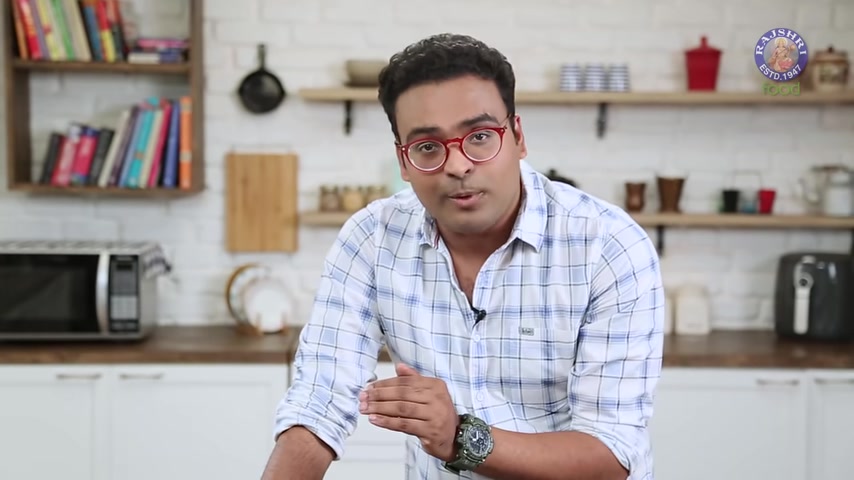
We need to again press this lightly with the back of the spoon so that this kind of becomes a little compact , not very loose , not very porous .
And on top of this , we need to keep adding hot water in 2 to 3 batches because this one has a little smaller cup and this will hold lesser water .
Well , here , if you notice what's happening , the water has just begun percolating to the bottom bowl and that's where you get the most beautiful intense decoction .
It slowly also starts tripping as time passes .
And if you kind of put your head to it , that's exactly what is happening in the filter .
Coffee panca as well .
So now let's wait and watch for 20 minutes .
It's been 20 minutes and a decoction should be done and ready .
Let's have a quick check .
What if you see ?
That's how it is nice , intense and a little thick .
And that's exactly how we're looking at the next step .
Of course , is to begin with making the coffee .
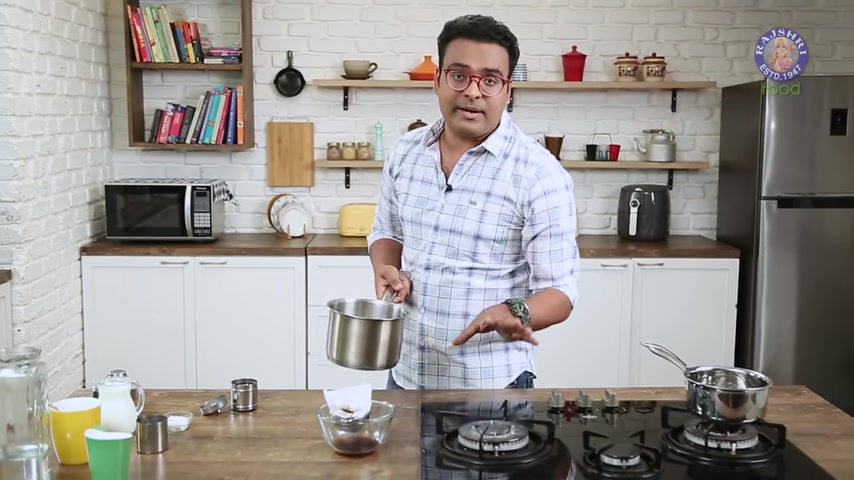
Now , this is a step rather that decoction making is a step that could be done in advance from what I know what my friends do is the mothers make this through the night .
So just before you're about to sleep , start making the decoction , let it percolate through the night .
And then when you're ready to drink it in the morning , all you need to start is from this step and that is heating the milk to this .
I'm adding in full fat milk .
Let's turn the flame on and into this .
We need to add in sugar as per your own personal preference .
Well , I like my coffee bitter and intense .
So I'm adding in just like half a teaspoon of sugar .
And that's my preference .
You can take your own call , allow this to heat on roll boil .
And then we move forward .
When I visit South Indian establishments , my orders generally begin with Rasam badda .
And finally , they have to have to end with South Indian filter coffee , which is also known as coffee .
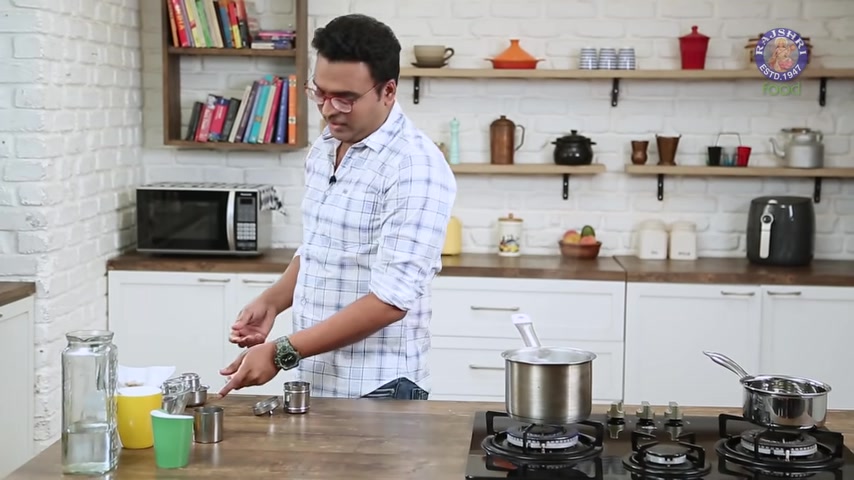
Once the milk is well boiled , there begins the process of making filter coffee .
And that happens in a very special apparatus called a Dubra , which is a combination of a cup and a glass .
Well , the next step is to take the decoction as much or as little as you like and prefer .
We're just retaining a little so that it can be topped right on top .
Let's keep this aside and to this , let's add in hot milk , which also has sugar .
OK ?
OK .

Is well in today's modern times when you can visit any coffee shop and have an international coffee .
In my personal humble opinion , a traditional ethnic filter coffee would always taste better .
Well , if a person is someone who likes coffee , it's not me to be thanked .
We need to all .
Thank Baba Budan who got seven beans of coffee to India from Yemen in the 16th century .
On that note , do not forget to like share and subscribe to Rakhi .
Are you looking for a way to reach a wider audience and get more views on your videos?
Our innovative video to text transcribing service can help you do just that.
We provide accurate transcriptions of your videos along with visual content that will help you attract new viewers and keep them engaged. Plus, our data analytics and ad campaign tools can help you monetize your content and maximize your revenue.
Let's partner up and take your video content to the next level!
Contact us today to learn more.